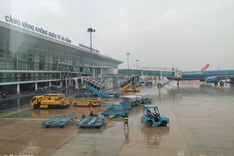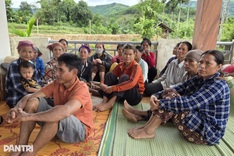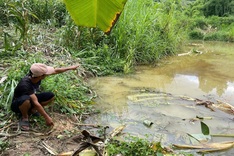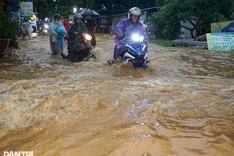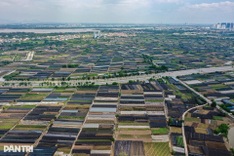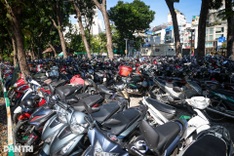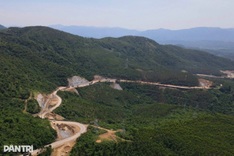These, most notably oyster farming practices, are raising concerns among locals and tourists alike.

Located in Lang Co Town, Phu Loc District, Lap An Lagoon spans an area of approximately 800 hectares. Nestled within Lang Co Bay, recognised as one of the world's most beautiful bays, the lagoon has long attracted tourists for its natural charm.

In addition to tourism, Lap An Lagoon has traditionally been known for its rich biodiversity and natural aquaculture, particularly the harvesting of wild oysters.

Since 2000, with rising market demand, locals in Lang Co have gradually shifted from traditional oyster harvesting to farming oysters using suspended car tyres hung on bamboo and wooden stakes.
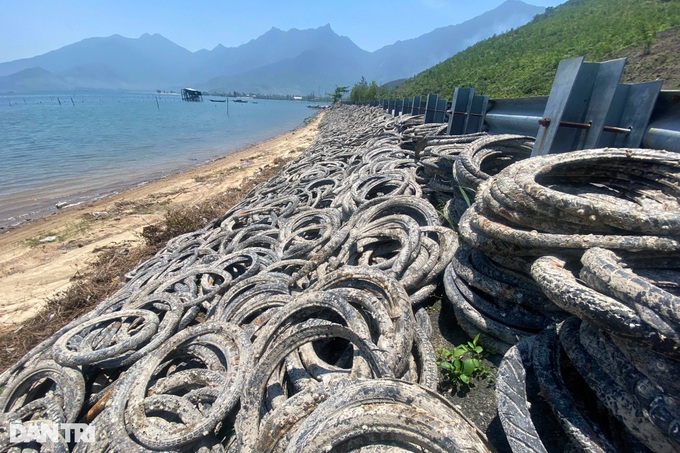
Old oyster shells and used tyres are now piled up along the lagoon. These items are often submerged in water for oyster cultivation, releasing foul odours that linger in the surrounding areas.
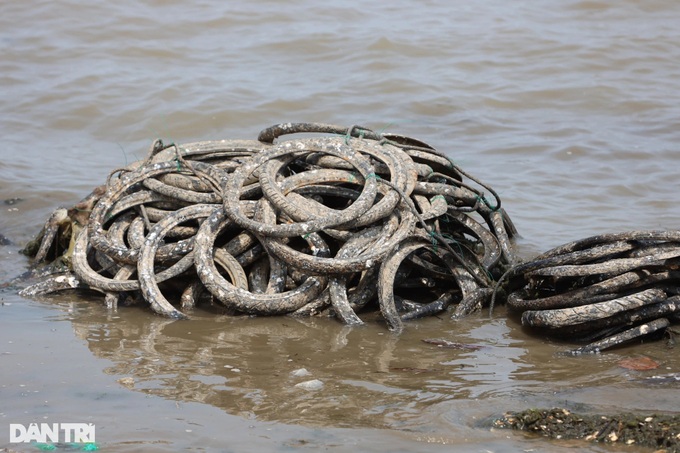
A veteran oyster farmer at Lap An Lagoon shared that these rubber tyres are reused for 7 to 10 years. After each harvest, the substrates are cleaned and dried and then redeployed in the next farming season to attract oyster larvae.
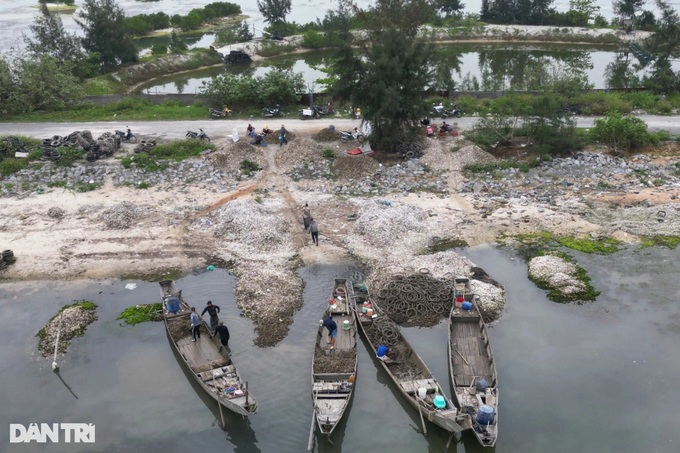
According to Lang Co Town People's Committee, around 510 households are currently involved in aquaculture activities in Lap An Lagoon. Oyster farming alone accounts for 396 hectares, representing 90.34 percent of the total cultivated area.
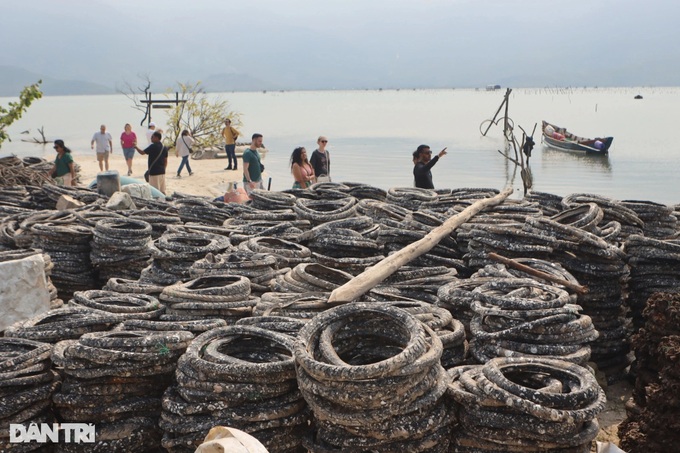
After harvesting, many residents line the eastern and western roads around the lagoon with used tyres for drying. These tyres are also placed along Nguyen Van Walking Street, one of the most popular tourist areas for sightseeing and dining.

At times, the lagoon water turns a dark brown hue and emits a strong, unpleasant smell.
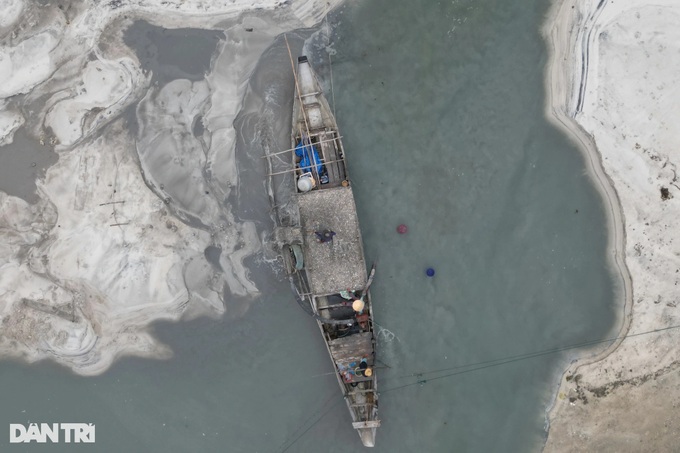
Lap An Lagoon is also affected by unregulated mining, illegal oyster shell collection, and other environmentally harmful economic practices.
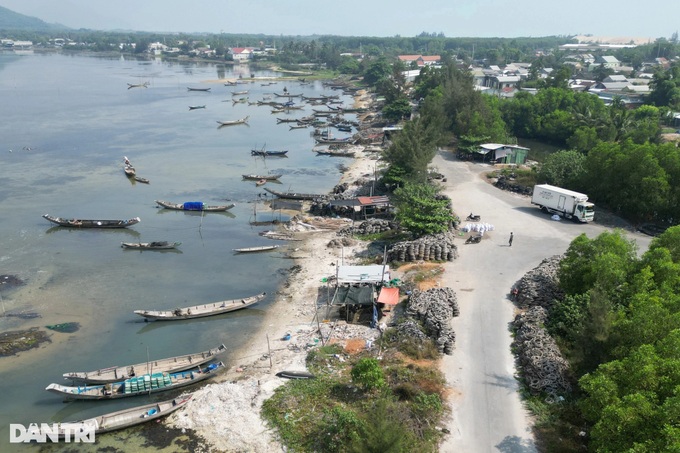
Lang Co Town People's Committee has approved a master plan to manage and regulate the use of the lagoon surface across 1,630 hectares. The plan aims to harmonise aquaculture, eco-tourism, and conservation from 2020 to 2030.
However, implementation remains a challenge for various reasons, chiefly the fact that oyster farming serves as the primary livelihood for many households in the region.

